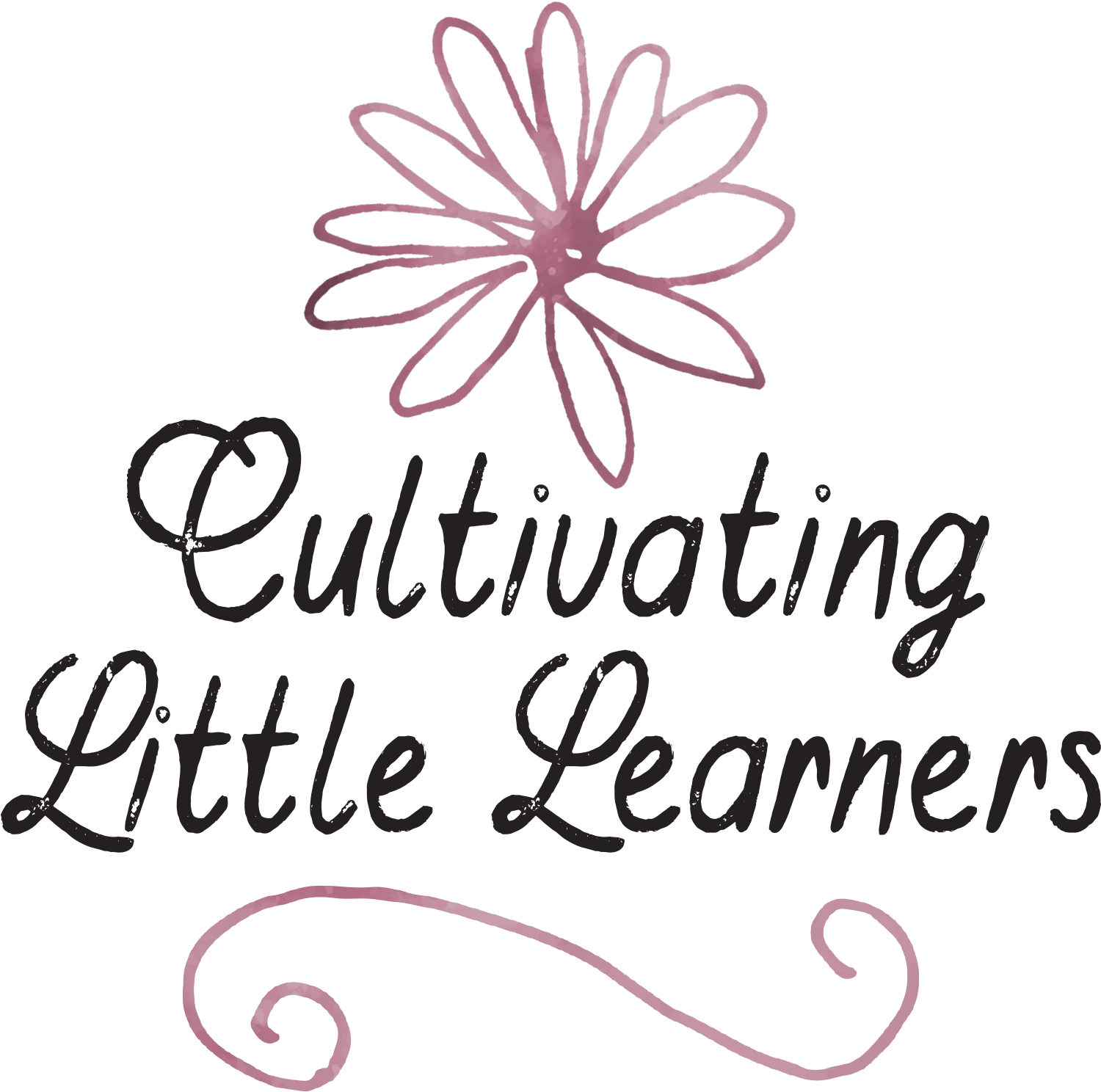

with



s I look back on the experience of parenting my five children to adulthood (well, almost there with the last one, anyway) there are a handful of very clear snapshots that stand out to me as clear as if they had happened yesterday. We remember things such as pushing our baby girl in a swing when she was about six months old. The wind was in my face, and she had a pink hat on. We were the only ones at the park. She smiled at me with her eyes, and I remember thinking, “I will never ever be happier than I am in this perfect moment.” I’ve thought about that day many times over the years and other moments like it. I wonder how our brains pick the moments to hold up front and center? I think I remember that day because of the depth of emotions I felt as a new mother sharing a childhood connection with my child for the first time. I deeply bonded with her as I watched her rise and fall in the swing. I was introducing her to a world of playgrounds, bird songs, the wind in her face, and the feeling you get in your stomach when you do something brave and a little dangerous.
I had a choice to make. I could stick with my schedule of phonics and math, or I could let them continue to play. I knew I had walked into something holy, and I’m glad I did the right thing and went back in the house, saving the book work for later in the day. Not only is that day etched in my mind, but for my adult children it is a day they still speak of. It bonded them together as a tribe and that can’t be broken.
Unfortunately, more and more opportunities for deep imaginary play are being stolen from this generation of children. One has to only look at the history of a popular toy such as Lego to see this. When I was a child, one received a box with neat dividers containing blocks of different shapes and sizes. You could build anything you wanted to from those blocks. Today’s Lego sets come highly specialized to make one specific item. God forbid the baby knock one of those pieces down the heater vent, because then the X-wing fighter or whatever it was is ruined. Interestingly enough, both of my sons loved Lego, but my oldest was only interested in building to the specifications of the instructions and collecting his models on his shelf. My younger son was constantly getting in trouble from his brother for poaching parts from his brother’s models to build creations from his imagination. The possibilities he could see on those shelves drove him bonkers! Most toys these days are like this; they come with a predetermined outcome. When purchasing playthings for your children, try to choose things with open-ended outcomes. Much like buying food with “clean” ingredients, you will find this approach reduces acceptable options on the shelf at a store by a huge amount. We suggest you try this experiment with your children. Get a large, divided hors d’oeuvres tray from a party store. Go outside and gather some rocks, sticks, ferns, flowers, acorns, or whatever else you can find. We love to add a lump of our herbal play dough to the middle of it. Leave it in the middle of your table without any instruction. Your children’s imagination will do amazing things with free stuff from your yard.

One of our favorite imaginary play items is a generic playstand. We built the one from these free plans.

Here are three imaginary play activities that we rotated over the course of the year:
Post office | Flower shop | Pet store

esli Richards is the co-author of The Homegrown Preschooler and A Year of Playing Skillfully and co-host of the Playing Skillfully podcast. She has had the pleasure of teaching her five children at home for the past eighteen years. Lesli has been married to Brendan for twenty-six years and lives in beautiful North Georgia. She has always loved children and dreamed of having a large, happy family. Her oldest son has autism and had to be taught to play, which sparked her interest in how children learn. Lesli believes that children learn best through play and exploration and loves researching and presenting her findings to parents in a way that is practical and easy to implement. There is so much to discover about how God has wired kids to learn!

athy Eggers has been in the field of early childhood and homeschooling for over thirty years. She is the mom of ten children, ranging in age from fourteen to thirty-six. Her family has grown to include three grandchildren, with number four on the way. Kathy has taught her children at home since the very beginning, and each year has looked a little different. As a child development specialist, young children have always been her passion. Kathy believes the early years should be full of play and concrete experiences. When given the chance to discover and experience the world first-hand, wonder grows in a child and provides them with a foundation for abstract thinking as they mature. Children who are encouraged to play and figure things out for themselves in the early years are more willing to take risks and problem solve as they become adults. As Mr. Rogers put it, “Play is often talked about as if it were a relief from serious learning. But for children, play is serious learning.”

